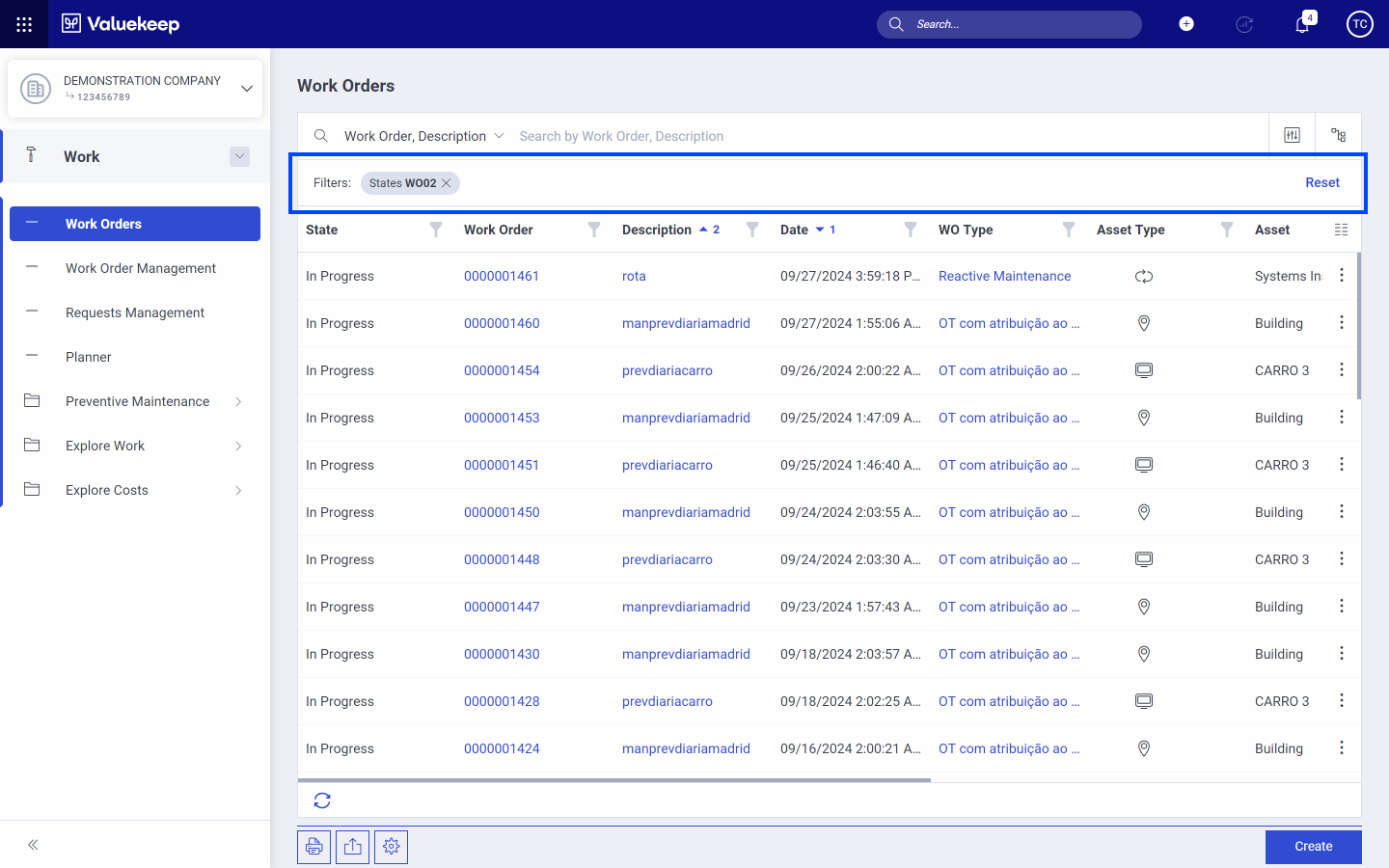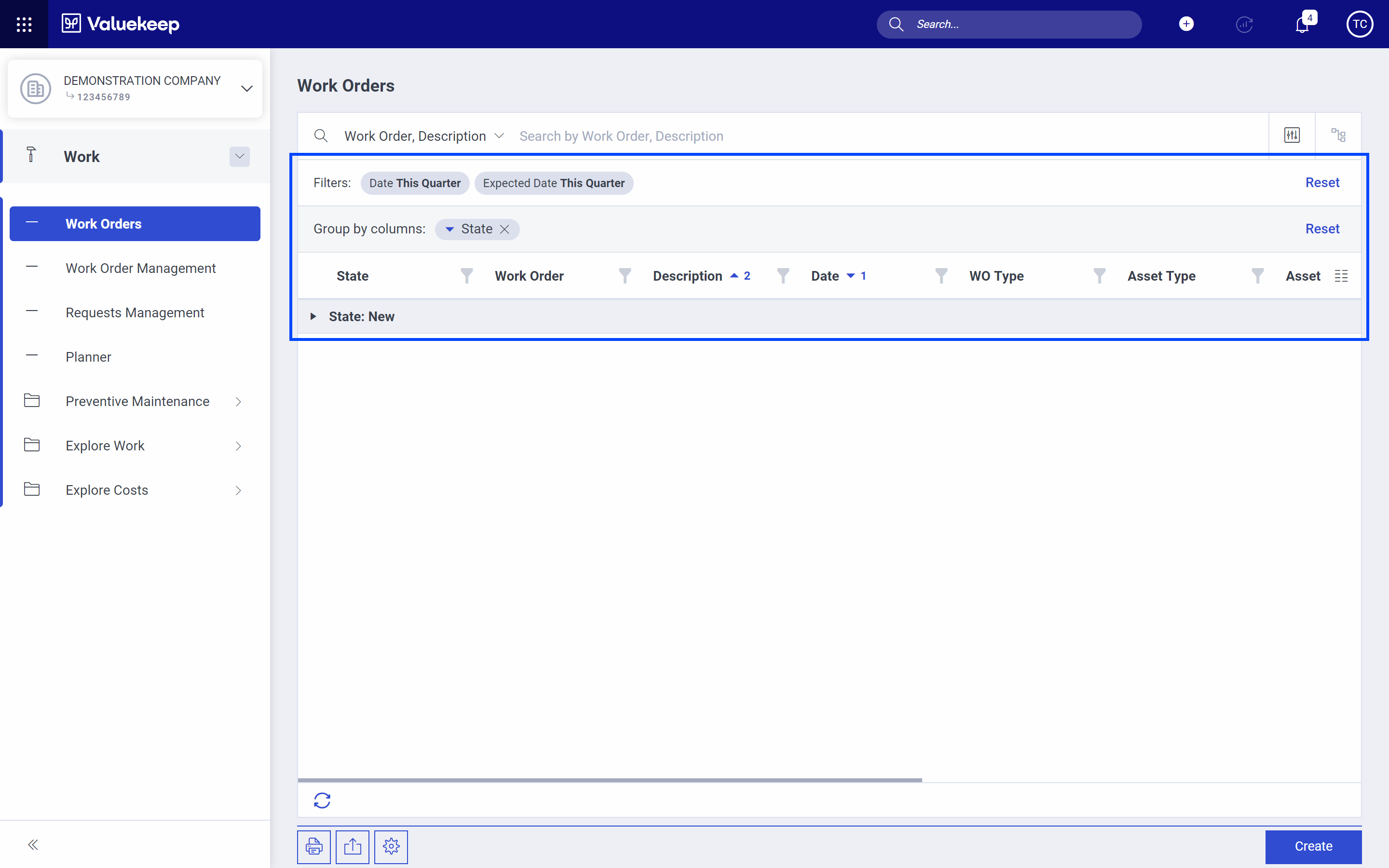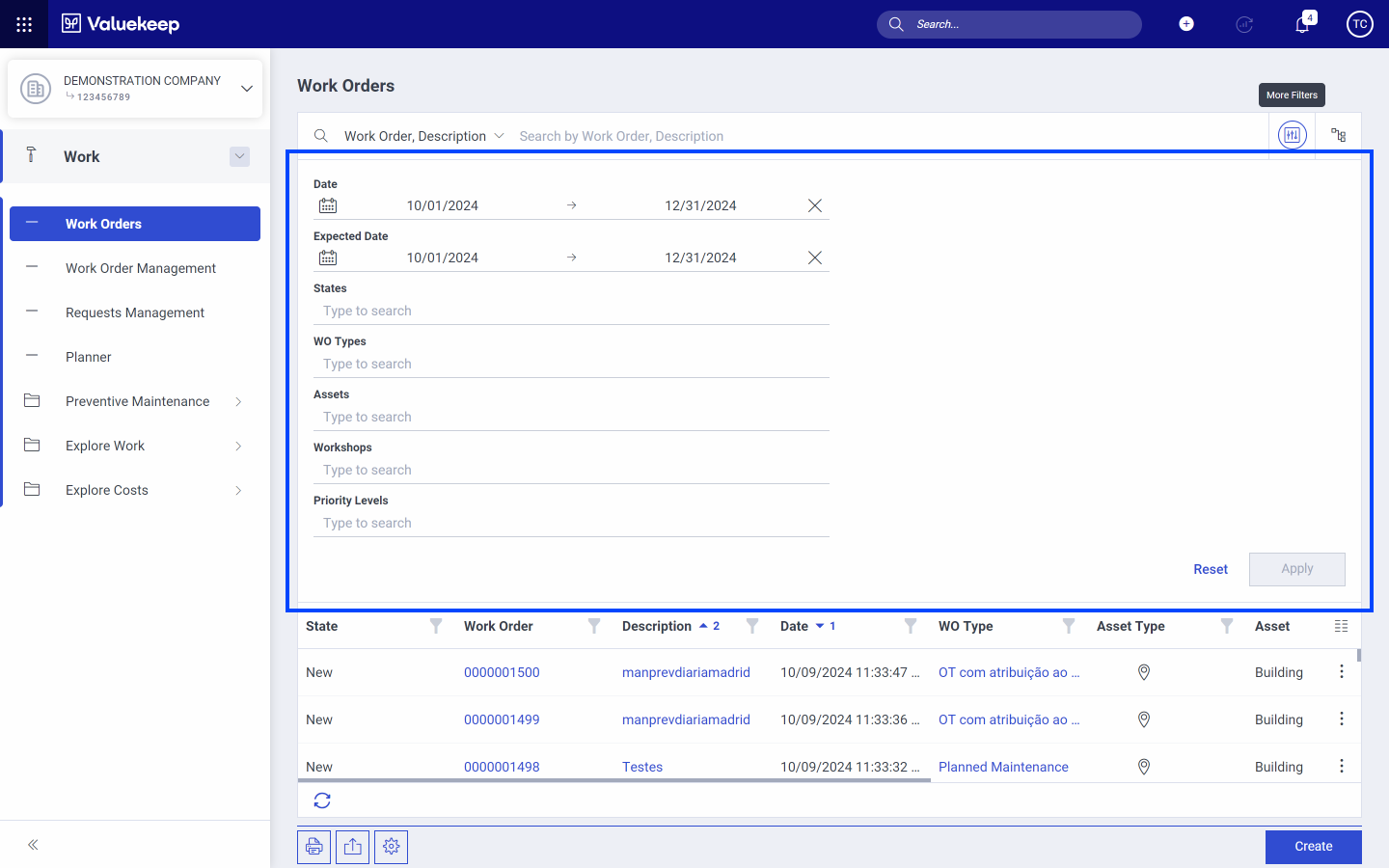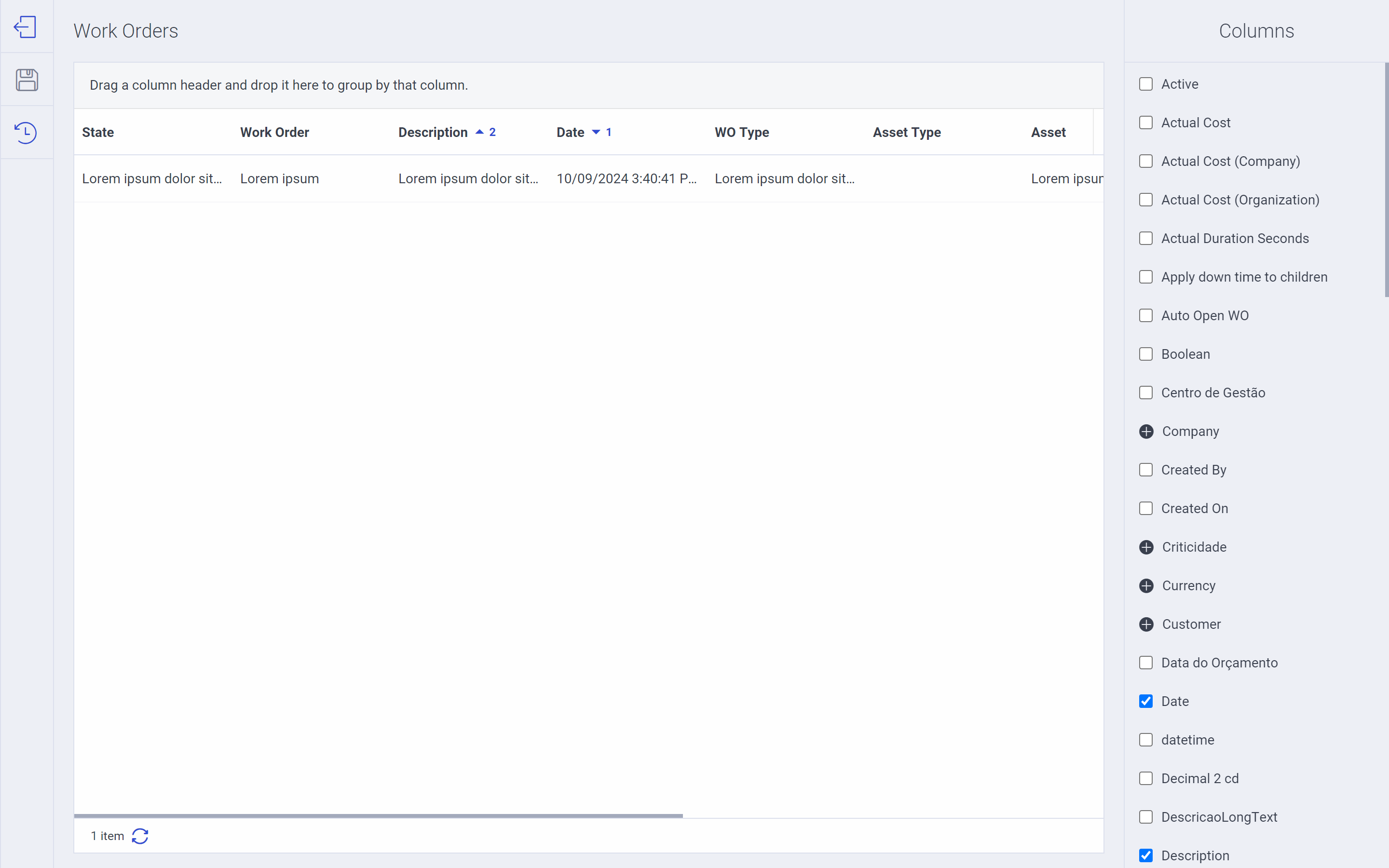In today’s data-driven world, efficiently managing and visualizing information is crucial for smooth operations and decision-making.
This is where datagrids come into play—an essential tool for organizing, editing, and displaying large sets of data. Whether you’re working with databases, tables, or any data-heavy applications, understanding the core functionalities of datagrids can dramatically enhance your ability to handle complex datasets. In this article, we’ll explore the key features of datagrids, their practical uses, and how they can streamline data management workflows.
Now that we’ve set the stage for why datagrids are so important, let’s take a closer look at the key features that make them such a powerful tool for data management. 👨🔬
Key Features
To fully unlock the potential of datagrids, it is essential to understand the key features that contribute to their versatility and efficiency. Below are the main features that form the backbone of most datagrid implementations:
- Filters – Allow users to quickly narrow down large datasets by applying simple search criteria, making it easier to find specific information;
- Column Grouping – Allows related columns to be organized under a common heading, improving readability and data structure;
- Advanced Filters – Provide more sophisticated filtering options, including multiple conditions and custom logic, offering granular control over the dataset;
- List Configuration – Allows users to customize the presentation and behavior of lists, adjusting columns, sort orders and layout settings according to their needs.
Filters
One of the most fundamental yet powerful features of any datagrid is filtering. In our design, we’ve taken this a step further by incorporating highlighted filters directly into the datagrid header. This feature offers users a simplified experience, allowing them to quickly apply filters.
The highlighted filters are always visible at the top of the grid, ensuring immediate access. Users can enter their desired search criteria and the datagrid will instantly narrow down the dataset based on these parameters. This approach not only improves efficiency, it also improves the overall user experience, whether you need to filter by specific values or perform a broader search.

Column Grouping
Another essential feature of datagrids is column grouping, a feature that allows users to organize related columns. In our design, when column grouping is applied, it automatically generates a sub-header that clearly displays the columns being grouped together. This helps users to quickly identify and analyze related data points.
The sub-header acts as a visual cue, making the grid more intuitive and organized. Users can easily collapse or expand grouped columns, depending on their focus. This dynamic behavior is particularly useful when working with large datasets, as it reduces clutter.

Advanced Filters
While highlighted filters provide quick access to commonly used filters, some scenarios demand more specific, less frequently used criteria. That’s where advanced filters come into play in our datagrid design. For this purpose, there is a dedicated button near the highlighted filters. Once clicked, a section opens between the highlighted filters and the datagrid list itself.
These advanced filters are intended for rare or complex data queries that exceed the standard parameters. Users can apply multiple conditions or use custom logic to fine-tune their search results, helping them extract exactly the information they need.

List Configurator
In our datagrid design, the list configurator gives users with full control over how they visualize and interact with their data. This feature allows users to customize the datagrid by selecting different columns that bring together various types of information.
With the list configurator, users can add, remove, or rearrange columns, allowing them to create customized views that align with their workflow.

Room to Improve?
Even though our datagrid design incorporates many powerful features, we recognize that there are areas for improvement. Based on a recent study of user interactions, we’ve identified several opportunities to improve the user experience.
For instance, users have expressed challenges with filters resetting when navigating away from the menu, leading to unnecessary repetition.
In terms of column grouping, some users find it unnecessary in certain scenarios, preferring to view the list without it.
Additionally, the list configurator, although highly customizable, can sometimes feel overly complex, especially when combining data from different sections. These insights provide valuable guidance as we continue to improve our datagrid and ensure it is more aligned with users’ needs.
Furthermore, some suggestions were collected in terms of relevant operations users would use on a daily basis.
Conclusion
Datagrids are an essential tool for managing complex datasets, offering a variety of features that simplify data organization, viewing, and editing. From quick-access highlighted filters to customizable list configurators, these features allow users to work efficiently and tailor their data interactions to their specific needs. Our design takes these features further with innovations like sub-headers for column grouping and dedicated sections for advanced filters.
However, we acknowledge that there is always room for growth. Based on recent user feedback, we are actively seeking ways to improve areas like filter persistence, column grouping flexibility, and simplifying the list configurator. As we continue refining the datagrid experience, our focus remains on providing an intuitive and adaptable solution that maximizes productivity.

